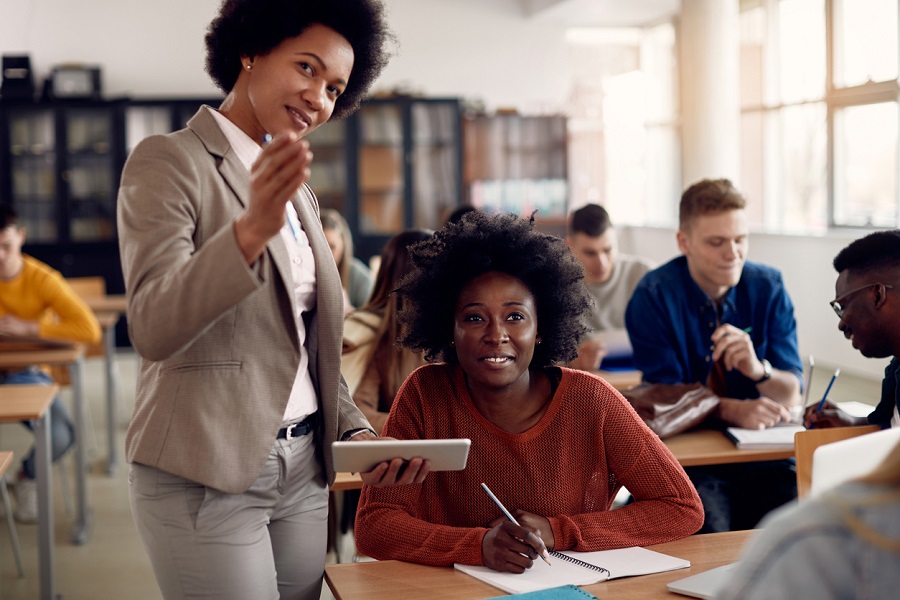Pulse of Information
Your source for the latest insights and updates.
Educators on Fire
Ignite your passion for teaching! Discover transformative strategies, inspiring stories, and tips from educators on fire. Join the movement today!
10 Innovative Teaching Strategies to Ignite Student Engagement
In today's rapidly evolving educational landscape, teachers must employ innovative strategies to engage students and enhance their learning experience. One effective method is the flipped classroom, where students review instructional materials at home and engage in hands-on activities during class time. This approach not only fosters student engagement but also encourages collaboration and critical thinking. Additionally, integrating gamification, such as incorporating game-based learning elements into lessons, can motivate students and make learning more enjoyable.
Another powerful strategy is the use of project-based learning, which allows students to explore real-world problems and develop solutions through collaboration and research. This method promotes deeper understanding and retention of knowledge, as students are more invested in the outcomes of their projects. Furthermore, utilizing technology in the classroom, whether through digital storytelling, interactive simulations, or online discussion platforms, can greatly enhance student engagement by catering to diverse learning styles and fostering a dynamic learning environment.

How to Foster a Growth Mindset in Your Classroom
Fostering a growth mindset in your classroom begins with creating an environment that encourages risk-taking and resilience. Start by setting clear expectations that promote effort over innate ability. Display quotes from thought leaders like Carol Dweck, who emphasizes the importance of embracing challenges and learning from feedback. Incorporate activities that allow students to reflect on their learning processes through guided discussions, helping them to recognize that mistakes are a crucial part of growth and understanding.
Additionally, incorporate regular assessments that prioritize personal progress rather than competition. Use self-assessment tools that enable students to set attainable goals and track their development. You might consider implementing peer feedback sessions where students can share insights on each other's work, reinforcing the belief that collaboration leads to improvement. By consistently promoting a culture of learning and perseverance, you can help students cultivate a lasting growth mindset that will benefit them beyond the classroom.
What Are the Key Challenges Facing Today's Educators?
Today's educators face a myriad of challenges, with classroom management being one of the foremost issues. Maintaining discipline and fostering a positive learning environment has become increasingly difficult due to the rise of digital distractions, such as smartphones and social media. Moreover, diverse learning needs within the classroom pose significant hurdles, as teachers must tailor their approaches to accommodate students with varying abilities, backgrounds, and learning styles. This often requires additional training and resources that many educators may not have access to, leading to feelings of overwhelm and inadequacy.
Another critical challenge is the integration of technology in education. While digital tools can enhance learning experiences, educators often struggle with staying current with the latest technological advancements and ensuring they are effectively utilized in their teaching methods. Furthermore, inadequate funding for educational resources and training can leave teachers ill-equipped to navigate these challenges. Finally, the pressure of standardized testing and accountability measures adds to the stress, as teachers must balance delivering comprehensive curricula while preparing students for high-stakes assessments.